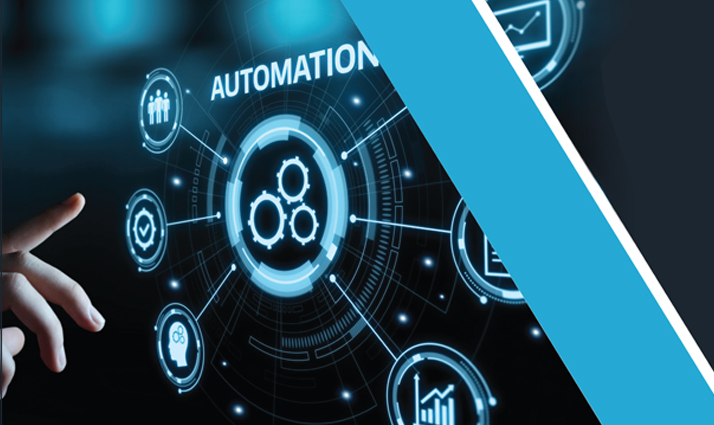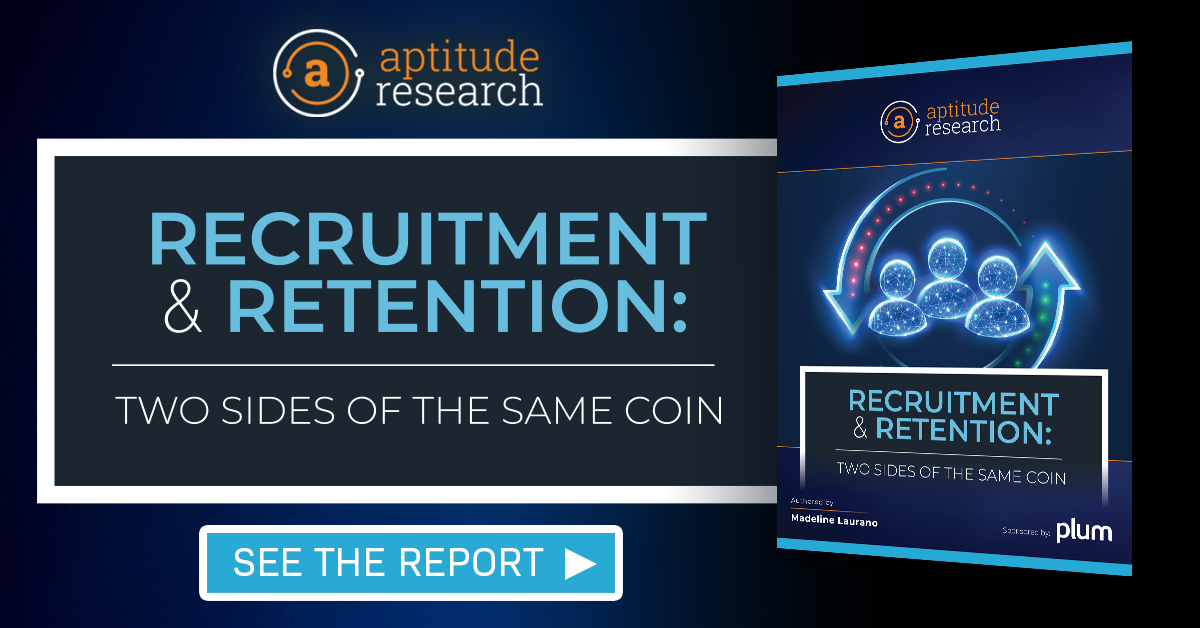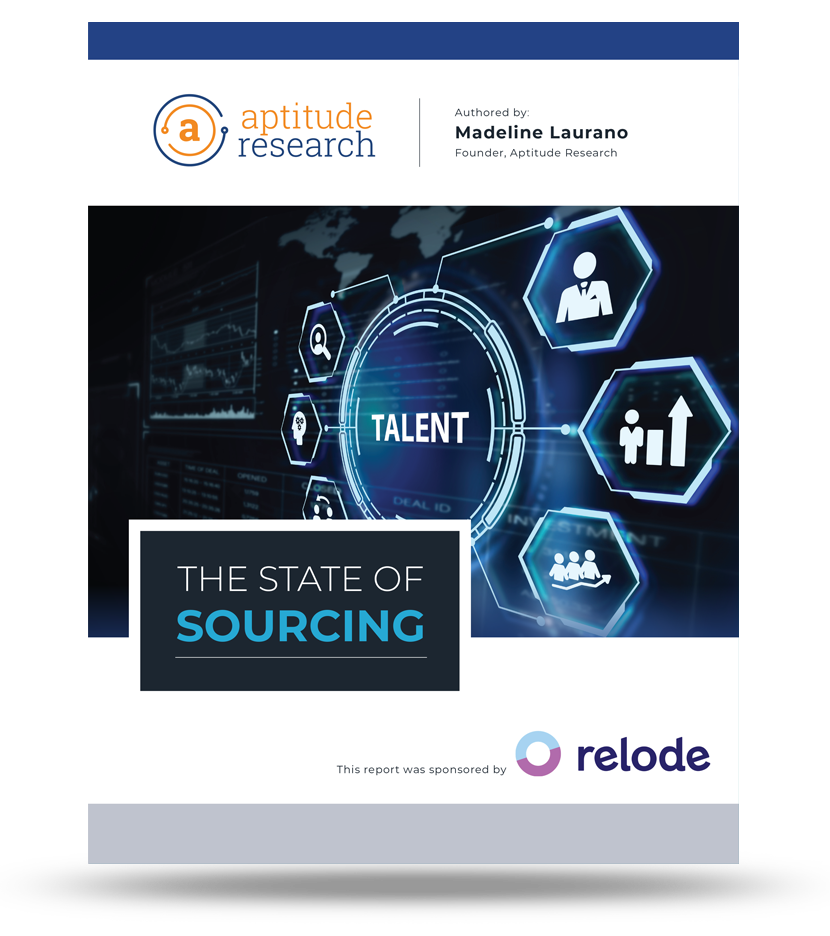It’s been over a week since the HR Technology Conference, and I am still processing the innovation and energy from this year’s event. The expo was bigger and busier than ever, case study sessions delivered ROI metrics, and many demo sessions and product spotlights were standing room only (a sign that buying behavior is strong).
The ideas, breakthroughs, and networking opportunities provided a glimpse into the future of HR Tech and its evolving landscape. I am impressed with both the vendor community and the sophistication of HR Leaders. Much of the innovation in this space results from the partnerships and collaboration between customers and providers. There is more alignment between the two. In a year of uncertainty marked by labor market fluctuations, the trends emerging from this conference may not have delivered seismic shifts, but they represent the gradual, deliberate construction of what lies ahead. We are at the beginning of something big, and it’s an exciting time to be in HRTech.
AI and skills dominated the stage at this year’s event, whether you love or hate it. However, the paramount lesson that emerged is crystal clear – companies must become champions of change to thrive in the coming year. Companies must embrace transformation, maintain agility, strategize responses, and harness the power of data and insights to chart the right course forward. Embracing AI and leveraging a skills-based approach are non-negotiable.
A few themes from this year’s event and the providers that are leading the way:
A Shift Back to Quality of Hire
Success in talent acquisition is no longer gauged solely by the speed and cost-effectiveness of filling positions; instead, it hinges on the ability to link recruitment and retention- making informed, equitable, and intelligent decisions using accurate data. Aptitude Research just published a report in partnership with Plum that found that companies that align recruitment and retention goals see the following:
- 2X improvement in retention
- 2X improvement in quality of hire
- 3X improvement in productivity
Quality of hire is the holy grail of talent acquisition. Every company wants it, but only some know how to measure and improve it. Fortunately, several vendors are doubling down in this area to help support companies on this journey, including Plum and Crosschq. They understand quality of hire starts with quality data.
HireVue announced a new category of Human Potential Intelligence- allowing companies to look at the full picture of a candidate, not just what is on a resume or CV. Their amazing client Spectrum discussed the art and science of linking recruitment and retention through data focused on quality and the Fit Finder product on the career site they use to help ensure quality of hire early in the process.
ATS Disruption
Never in my life did I think a big trend from HRTech would be innovation in the ATS industry, but here we are… This year has brought major shifts in the ATS landscape yet the same constant question of best of breed vs. HRMS. There is no clear answer, but it is safe to say that both are being disrupted.
- Workday continues to win market share over its competitors. It has made significant advances in its core recruitment capabilities through the use of generative AI (for job descriptions and communication) and its Engagement solutions, which provide simple campaign functionality before the apply process.
- Gem launched an ATS – rounding out its suite of products to include sourcing, CRM, and ATS. This combination provides companies in the mid-market and smaller enterprises with one platform to do everything from sourcing to offer.
- Paradox launched the first conversational ATS. Companies such as McDonald’s use Paradox as an ATS for hourly candidates to improve efficiency and experience.
- Greenhouse declared its POV on AI in hiring and the existing capability within Greenhouse Recruiting. It also announced a new set of candidate interview experience survey data.
- Employ has clear messaging now around its ATS products, differentiators, and value in the market.
And…we will see more announcements in the ATS market going into 2024. Everyone is winning in the ATS market, with 1 in 3 companies replacing their ATS this year.
Skills-Based Everything
A skills-based approach levels the playing field for internal and external talent and contingent workers. Evaluating skills means looking at what is beyond the resume and seeing talent for potential, learnability, and opportunities. Yet, despite these benefits, companies are sometimes clear where to start with skills development. Lack of ownership and confusion around how technology fits in have added to this uncertainty. This study found that the greatest challenge for a skills-based strategy is change management (42%), and 39% of companies stated that they need a way to assess skills within their organization. Too often, companies understand and support a skills-based approach, but they get stuck on executing a strategy. They take a piecemeal approach to skills and must look more holistically at strategy, change management, and technology.
Some companies such as Reejig, Techwolf, Beamery, Eightfold, Phenom, Workday, SAP, and Visier are helping companies execute this skills strategy using the power of AI and talent intelligence that does not require companies to start from scratch manually. Eightfold’s talent intelligence platform is expanding with benefits beyond HR with the launch of its resource management solution to support project-based work. It applies skills to the workforce to the best-fit projects and engagements, improving resource utilization and staff engagements.
Frontline Workers
The largest workforce segment, comprised of 82 million workers, still needs to be addressed in the push for talent acquisition transformation. Employers needed more tools to attract, recruit, and hire hourly workers, while candidates received more communication. According to Aptitude, 62% of hourly workers have not received a response or communication. I can’t stress this enough…hourly workers need a better candidate experience. It is not the same as professional hiring.
The good news is that companies are seeing tremendous innovation in recruiting and retaining this forgotten workforce. Paradox is one example of a provider disrupting this space, but GoHire, Fountain, and Jobsync are a few others. Also, one of the biggest announcements from HR Tech was Harri, an HRIS focused on hourly, raising $43M in Series B. Harri is innovating across all areas of talent and introducing engagement and employee experience offerings tailored to the unique needs of hourly workers.
CRM is Changing
The CRM market continues to amaze me! We have providers looking to leave the CRM space and focus on bigger things like skills and workforce planning, and…we have providers (ATS and sourcing providers) looking to enter the CRM market and offer more straightforward solutions for better experiences and adoption. And at the same time, companies are still buying and replacing CRMs. This market is not apples to apples. Every provider is going about CRM uniquely, which makes evaluating and implementing solutions incredibly challenging. Kyle and I are focused on wrapping up our CRM Index report for this year, and it is a LOT! If you want to make sense of the landscape, here is a quick preview. We have three categories of providers: Sourcing providers (offering CRM and recruitment marketing automation capabilities including HireEZ, SeekOut, and Findem), Traditional CRM and Recruitment Marketing providers that have a heritage in this space, and Talent Intelligence platforms that go beyond CRM to offer skills and AI-based platforms.
Well-being Has Evolved
A few months ago, I started a blog about how companies seem to be deprioritizing employee well-being. Well, I was wrong. Well-being took center stage this year on Day 2 of the Pitchfest, with providers like Wellbeing.ai, Aragon, and First30 offering employee well-being solutions. In the past, employee well-being was often confined to basic healthcare benefits, but it has since expanded to encompass holistic physical, mental, financial, and emotional health. HR tech tools have played a pivotal role in this evolution, offering a range of innovative solutions, from wellness apps and wearables to AI-powered mental health support platforms. This shift is not just a response to the growing awareness of the importance of employee happiness but also a recognition that a healthier, more engaged workforce is a more productive and sustainable one. My friends at Best Money Moves offer an amazing solution for financial well-being. And this year, we were introduced to the idea of digital well-being through the Digital Wellness Institute.
Also, last but not least, everything at this year’s event was generative AI related. The potential impact on the future of work is tremendous. Generative AI improves efficiency (automating many administrative tasks), quality (enhancing the quality of content generated), and experience (providing faster results and more immediate answers). But it also has risks, including questions about how the data is captured, security and data privacy, and overall decision-making. Over the past few months, many vendors have made announcements about how generative AI and GPT-4 are enhancing their products. Some are making announcements that will provide immediate benefits to recruiting teams, candidates, and employees.
It was a great event and we are already looking forward to next year!










